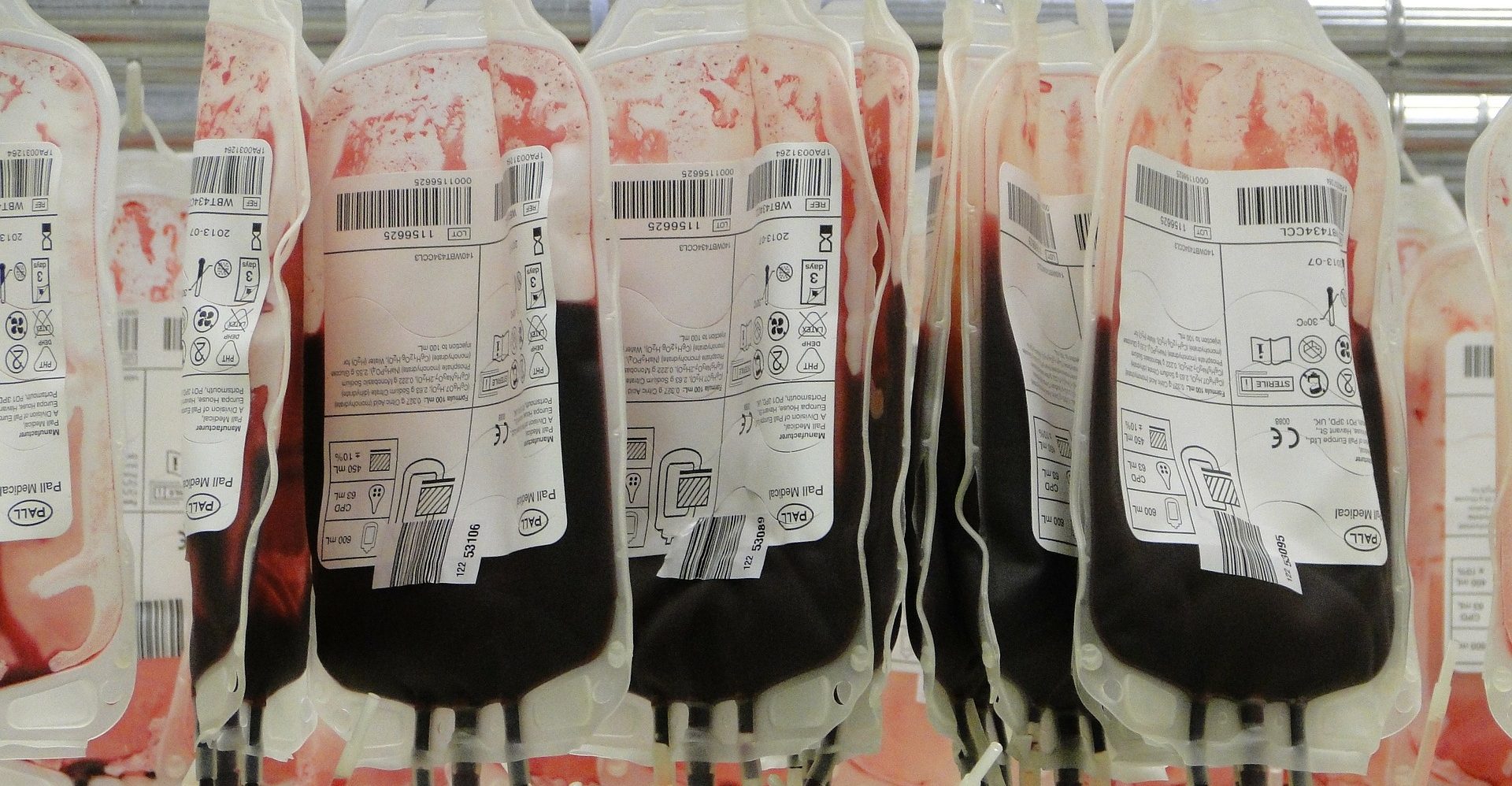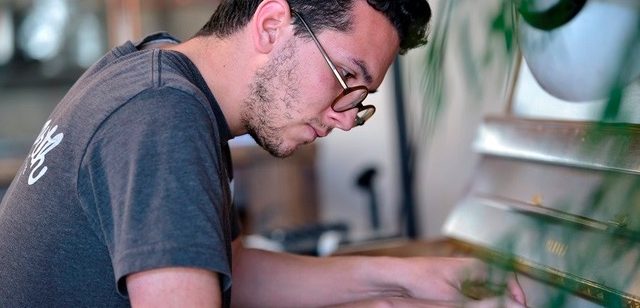
By Susan Motander
The reaction to that headline should have been a resounding “What?”. This is an important issue as it may affect your taxes and water rates.
But first you will need a few explanations and definitions. An Enhanced Watershed Management Plan is an EWMP (pronounced E-Wimp – appropriately). A rEWMP is a revised EWMP (pronounce Are-E-Wimp). All of this “bureaucrat-speak” is the result of the Regional Water Board demanding more stringent cleaning of our local storm water (which you will note in “bureaucrat-speak” is now one word) than any other water board in the state and as far as we know the nation.
The first numbers for the projects required by the Water Board were staggering; they were in the billions for the county and the millions for each local community. The amount required for some cities could equal a decade of their entire local budget for the entire city. Potentially, if this went through, cleaning the storm water would be the only thing a city could fund and it could bankrupt them (and we all thought funding the employee retirements was a problem).
The original EWMP for this area was up to $1.4 billion to clean up storm water to achieve compliance with the mandated MS4 Permits (no this is not the dangerous drug gang, but rather a Municipal Separate Storm Sewer System). Are we all following along?
We have revised our original EWMP and the cost for the region has dropped to $122 million. As Monrovia City Manager Oliver Chi claimed, this is a 91 percent savings over the original estimate for the area. The region includes the cities of Monrovia, Arcadia, Duarte, Bradbury, Sierra Madre, and Azusa, as well as the LA County Flood Control District for the area. The cost of the four proposed projects in the area will be shared by all the entities in the regional plan.
In his City Manager’s Update last week Chi noted that with the passage of Measure W in November of 2018 there will be approximately $32.1 million per year to spend on storm water capital improvements in two different watershed areas involved in our rEWMP: Rio Hondo and Upper San Gabriel River. Prepare yourself: There are more sets if definitions coming.
Recently LA County coordinated the selection process for filling the municipal seats on the Watershed Area Steering Committees (WASCs). Monrovia for example was selected as the primary municipal representative on the Rio Hondo WASC and as the alternate for the Upper San Gabriel River WASC (dare we call this the Usger Wasc). At the City Council Meeting on Jan. 15, Gloria Crudington was selected to represent Monrovia on both these WASCs with the City Manager as her personal alternate.
There are four main projects in the rEWMP: one each principally in Arcadia, Monrovia, Duarte, and in the Santa Fe Spreading Grounds. All will be detailed in the online versions of this publication. In consideration of space constraints in the print editions, only the overview of the all the projects will be included in each paper with the details for the projects only in the communities in which the project is taking place, i.e. the Arcadia Weekly, the Sierra Madre Weekly, the Monrovia Weekly and the Duarte Dispatch. The project in Arcadia would divert water from the Arcadia Wash, treat it and ultimately release the water into Baldwin Lake (AKA the Lagoon). The project that will take place largely in Monrovia also diverts water from the Arcadia wash and will take place in two phases. The first would divert water from the Wash to recharge the San Gabriel Groundwater Basin by sending it to Sawpit through treatment down to the Peck Road Flood Control and Water Conservation Basins. The second phase would take the water from the Arcadia and Sawpit washes and attempt to turn the various settling basins and treatment area into a restored Wetland Ecosystem.
Then we move further east to the Duarte project mainly under Encanto Park. This would take water from the LA County Flood Control District Storm Drain into a pretreatment devise and then into storage and settlement chambers, storage vaults and infiltration areas. The last project is the one at the Santa Fe Spreading Grounds. This would take water from the Bradbury Channel, send it through a sediment basin, then around baffle walls and ultimately this treated water would go to the San Gabriel River.
But there are challenges with each project.
The project south of Monrovia is the Arcadia Wash Conservation Diversion, a joint project between Arcadia, Sierra Madre, Monrovia and the County. This is the two-phase project. The first phase according to the summary supplied by the city of Monrovia “will not only provide water conservation benefits by recharging flow from Arcadia Wash, but will also provide incidental water quality benefits to help meet the 50 percent milestone for the LA River Metal Total Maximum Daily Loads (TMDL).”
Run off from the Arcadia Wash will be diverted to a pretreatment via a diversion pipe east to Sawpit Wash. A pump will then lift the water to allow it to flow via gravity through a sort of maze of channels to dissipate the energy of the water flow. Then the water will go over a spillway to two flood control and water conservation basins.
This first phase was for water conservation. The second phase will add the pollutant load reduction and will restore habit by recreating a wetlands in this area. This will provide a natural water treatment system and occasional water inundation in an area adjacent to the wetlands will allow for groundwater recharge as well. Eventually excess water will be discharged into the Rio Hondo Channel.
The largest obstacle in this project is that a 24-acre piece of commercial land would need to be purchased. This leads to unknown cost estimates and also an unknown timeline.







